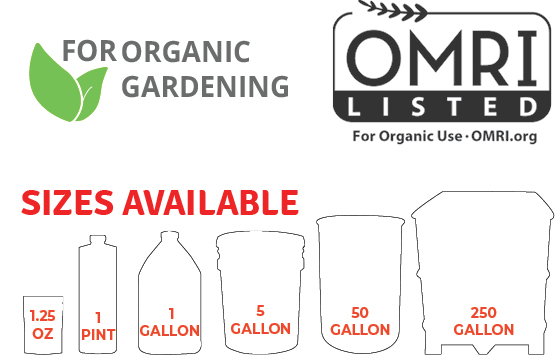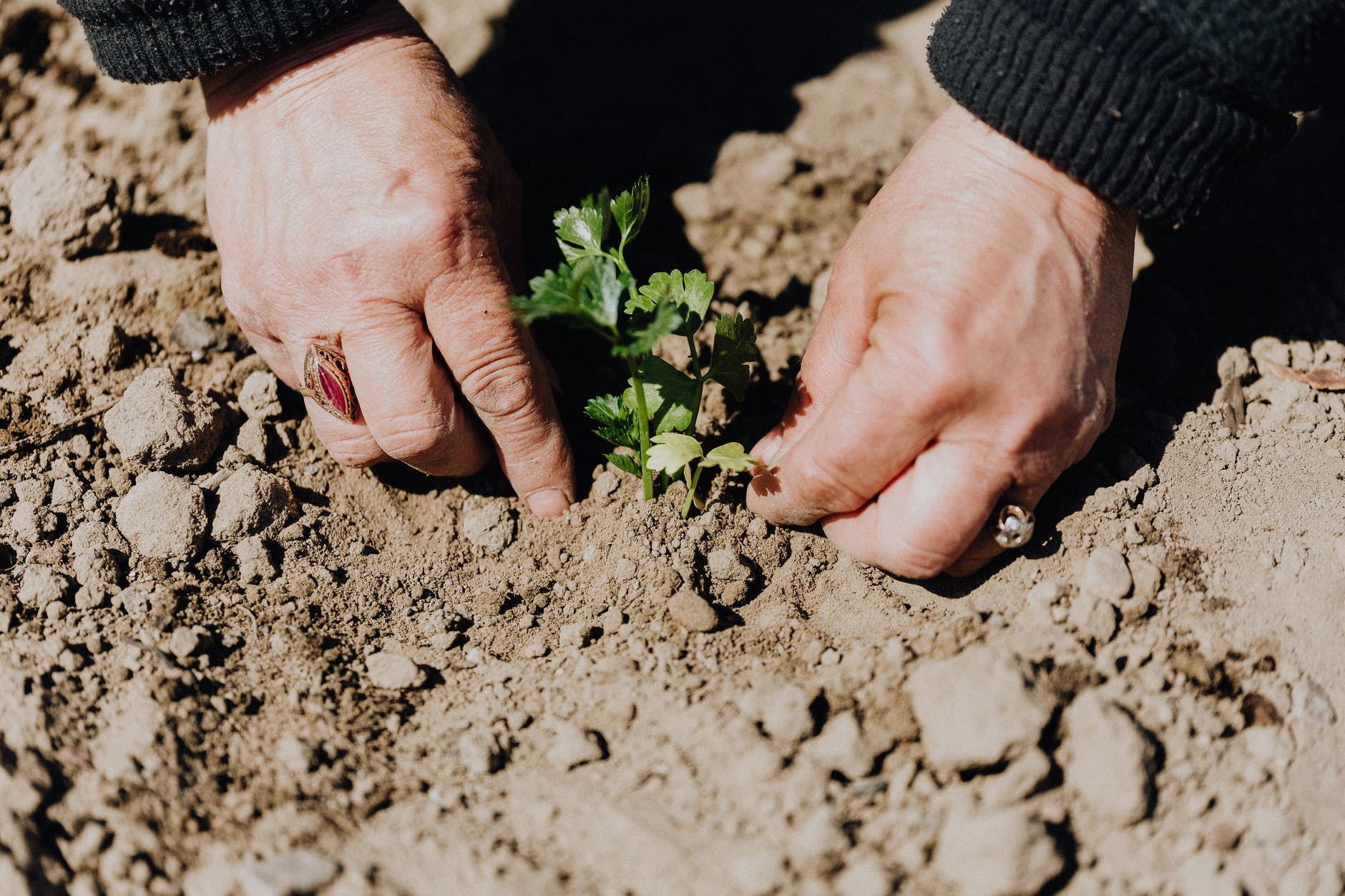
How To Get Rid of Bugs in Soil
February 22, 2021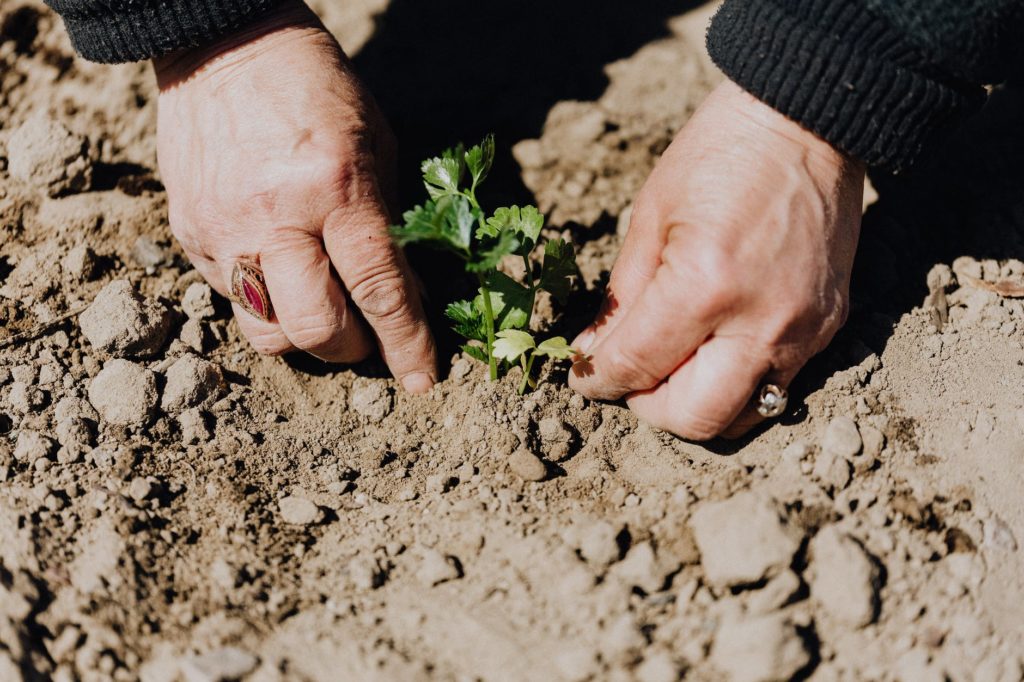
In our daily life, we would often come across bugs and pests that can live in the soil and make your garden an unholy sight. It’s very difficult to control these pests once they have entered the garden soil and started living their lives. But with some useful tips and techniques on killing bugs in soil, you can make the garden free from these unwanted nuisances. This article will introduce you to some simple tips on how to get rid of bugs in soil soil naturally and suggest a great natural pesticide product.
What Are the Methods To Get Rid of Bugs in Houseplants & Soil?
The first thing you need to do to get rid of pests in the soil is to remove any decaying or dead plant material. If you don’t know where this piece of matter came from, just check the underside of any leaf, and you will find something rotting. You might also want to check the soil itself, as a bad smell might indicate decomposing plants in your soil. Check out for earthworms, too; these are the tiny critters that gnaw away at your soil till they destroy it completely. Earthworms help in eliminating pests in the soil by chewing at the roots and sucking up nutrients.
Once you are done with this step, you should then check for wetness in your soil. These are usually signs of moisture, which is another key factor that helps pests like aphids, mealy bugs, beetles, and snails to survive. You might want to take a close look at the plant roots as well. If there is any sign of them having a hard time extracting water or nutrients from the soil, these might be signs of a disease or infection. Aphids, mealybugs, and snails love growing in shallow soil that is moist and warm. If you are plagued by such pests in your garden, you should immediately take steps to get rid of them.
While you are doing that, you might as well make sure that your greenhouse is properly sealed. This will prevent some of the same predators from getting into your crops. If you are worried about too much heat in the greenhouse, you can always place some netting over the top. This will also provide cover and shelter to your houseplants. If the temperature remains high for too long, you might have to move your plants outside.
Make Use of Organic or Natural Pesticides
How to get rid of bugs in soil may sound like a complicated task, but you will find that once you start learning about the various ways of eliminating them, it will all become very easy. For example, there are certain pesticides available that kill the root system of the plant. These pests do not want to feed on roots. You can make use of organic or natural pesticides to get rid of them. However, these need to be used carefully.
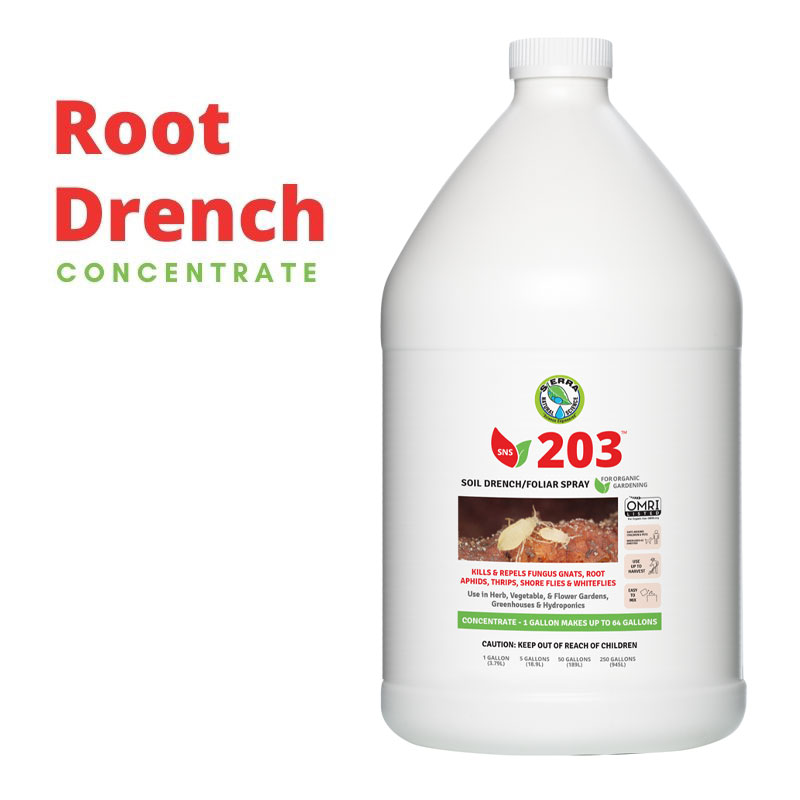
203 Soil Drench/Foliar Spray
Soil drench fungicide
- Kills pests and attacks fungus & algae
- Safe up to day of harvest when used as directed
- Safe around children & pets when used as directed
- Use as Root Drench Insecticide
Note: All of our retail products are being processed by our fulfillment partner, Home & Garden Supply.
What are the common Houseplant Bugs?
- Fungus Gnats
- Scale
- Spider Mites
- Aphids
- Whiteflies
- Mealybugs
You also need to get rid of the moisture that they need. If you just let your houseplants sit in water or mud, there is a big possibility that they will not survive. In order to kill bugs in plant soil, you must make sure that there is sufficient moisture present. Some of the best solutions to this problem include placing buckets underneath the plants, covering them with leaves, and using clay.
Getting rid of bugs in the soil can be easy if you know how to remove them. However, one thing that you should keep in mind is that it is not an easy task to do. Sometimes, it can be difficult even for experts to remove them. However, if you follow some simple rules, it will be easy for you to get rid of them in no time at all.
First off, if you have a good amount of organic matter in your soil, it will be easier for you to get rid of the pests. The most popular method for removing organic matter from the soil is raking it out. You can do this by brushing the soil thoroughly so that you will not have a hard time removing all the small pests in the soil. If you would like to learn how to get rid of bugs in the soil, using natural methods can also help a lot. These methods include proper plant nutrition, using mulches, planting shade-tolerant plants, and other techniques that will help prevent pests from being present.
Bugs From the Soil Are One of the Leading Causes of Plant Diseases
You would probably be surprised to know that bugs from the soil are one of the leading causes of plant diseases. As plants grow and replicate, bugs in the soil attach themselves to new leaves and stems, feeding and multiplying to the cells of the crops as they feed and reproduce. In fact, bugs in the soil are responsible for various types of plant disease.
Most anglers use pesticides to fight these bugs, but these pesticides can be toxic to the environment as well as to human health. Pesticides used for killing aphids, leafhoppers, and crickets can damage the soil and kill vital nutrients. The pesticides which are used to destroy plants so that they may be harvested often contain toxic compounds called “ectogens”. These can lead to sickness or other problems in humans if ingested.
Most Popular and Widely Used Pesticides
Some of the most popular and widely used pesticides are organophosphates (also called phosphate salts), which can be widely used on crops in the form of liquid, or as a pill or granular formula. When a bug in soil attaches itself to a plant, it drinks its body into the soil. It latches on the plant and feeds by sucking sap or excreting juices. These toxins are then excreted by the insect in the dirt, as well as from the juices from the plant. Excessive use of these toxins may kill or damage fragile plants by impacting their own water distribution and ability to absorb water.
Other pesticides have more severe side effects. Not only can they kill plants by interrupting plant development, but they could also contaminate groundwater and other surface water sources, in addition, to affect the human body by affecting different organ systems. Many crops are lost because of this kind of bug in soil, in addition to livestock and pets. Pesticides can be particularly bad for children and the elderly, as well as wildlife and other organisms.
Bacteria are another significant pest problem that could result from insects in the soil. They exude toxins that can attack crops by destroying their origins, or as a byproduct of disease. The toxins then attach themselves to the roots of plants, preventing them from growing properly. These bugs in dirt may be particularly problematic for households with lots of plants of different types, or gardens located near sources of water.
Organophosphates are a specific problem for both plants and humans. These bugs in the soil are regarded as responsible for the death of more than a million hens in West Africa from the first part of this century. A study in the time revealed that these bugs had become a major factor in the deaths. The phosphorus in these types of pesticides can Leach into soil water, where it can cause an assortment of water-related problems, including algae blooms and fish kills. These bugs in dirt may also be problematic since they are sensitive to light, so making them a problem for organic farmers who grow fruits and vegetables in their gardens. These plants are especially sensitive to the sun’s warmth and beams, which can be exacerbated by poor weather.
Another issue with these bugs in the dirt is that they can destroy plant roots as a byproduct of the process of photosynthesis. This is, naturally, an important role for plants, as it lets them absorb carbon dioxide from the atmosphere and store it for use in creating food. Photosynthesis is a key part of the environmental process called the global warming procedure. But in some cases, these bugs in dirt can interfere with the photosynthetic process, causing more pollution in the environment.
Conclusion
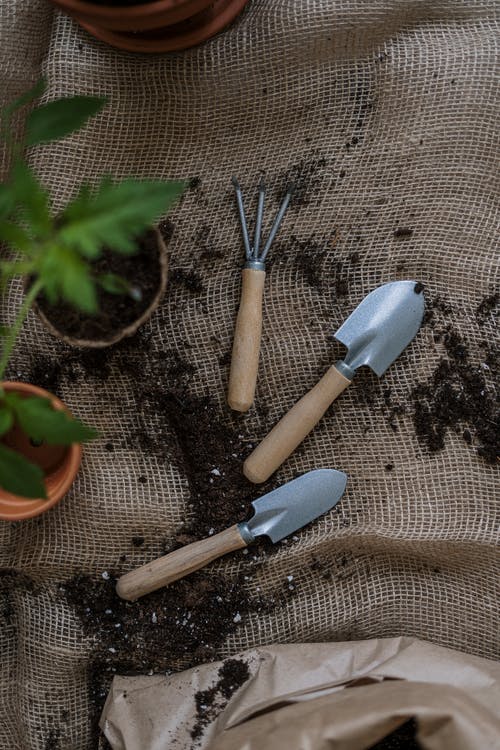
While it’s correct there are many soil bugs and insects that cause harm to plant roots, and some can be damaging to individuals (such as mites and ticks), a fantastic system for managing insect infestations is using effective pesticides. Pesticides can be applied to the soil by hand, using a hand-held spray, or by attachment into an irrigation system. They work best when used early in the planting season until the soil is stressed due to moisture levels and as soon as the plant roots are still very young. There are many distinct types of pesticides out there for the controlling of these pests, and the ideal choice is Sierra Natural Science’s natural pesticide.


